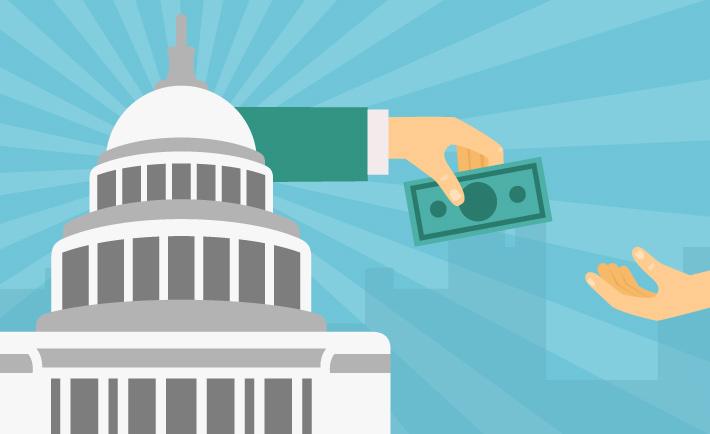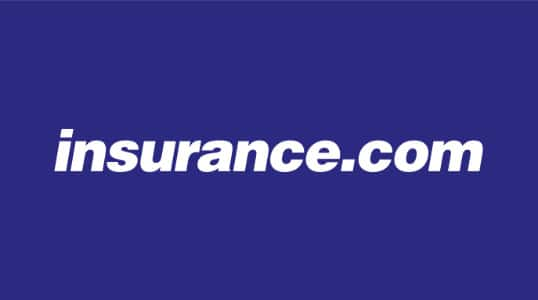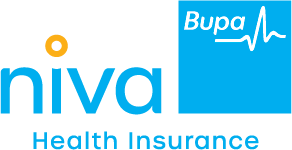Learn about financial aid and subsidies to help pay for health insurance. See if you're eligible and learn how to apply.
Verywell Health content is rigorously reviewed by a team of qualified and experienced fact checkers. Fact checkers review articles for factual accuracy, relevance, and timeliness. We rely on the most current and reputable sources, which are cited in the text and listed at the bottom of each article. Content is fact checked after it has been edited and before publication. Learn more.
The majority of non-retired Americans get their health insurance from an employer, and employers heavily subsidize the cost. Most older, retired Americans get their coverage through Medicare, which is also heavily subsidized. Fortunately, there is also financial help available for people who have to obtain their own coverage.
The Affordable Care Act (ACA) created government subsidies to help low and middle-income people pay for health insurance. These subsidies help pay for monthly health insurance premiums, as well as costs like coinsurance, copays, and deductibles once you have health coverage.
The American Rescue Plan has made the premium subsidies larger and more widely available for 2021 and 2022, making health coverage even more affordable for millions of Americans. And those enhanced subsidies are expected to be extended through 2025, under the terms of the Inflation Reduction Act, which is under consideration in Congress in the summer of 2022.
Medicaid: The first program, if you have a very low income, enrolls you in Medicaid. Most often, Medicaid is provided for free to those who qualify. Eligibility varies from state to state, so you won’t know for sure if you qualify until you apply. In most states, eligibility for Medicaid has been expanded under the ACA, so even if you’ve applied before and been turned down, you should apply again through your state’s health insurance exchange. (You’ll learn more about this later.) The Medicaid website has the most recent income limits for Medicaid and CHIP eligibility, by state (CHIP, the Children's Health Insurance Program, is available for kids and sometimes pregnant women, and the income limits are higher than they are for Medicaid). The ACA eliminated a-set tests for Medicaid eligibility for adults under age 65, so eligibility is based on income rather than income and a-sets combined (asset tests are still used for people age 65 or older).
/466012773_Vernon-Wiley_Vetta_gettyImages-56a46e733df78cf77282642d.jpg)






















